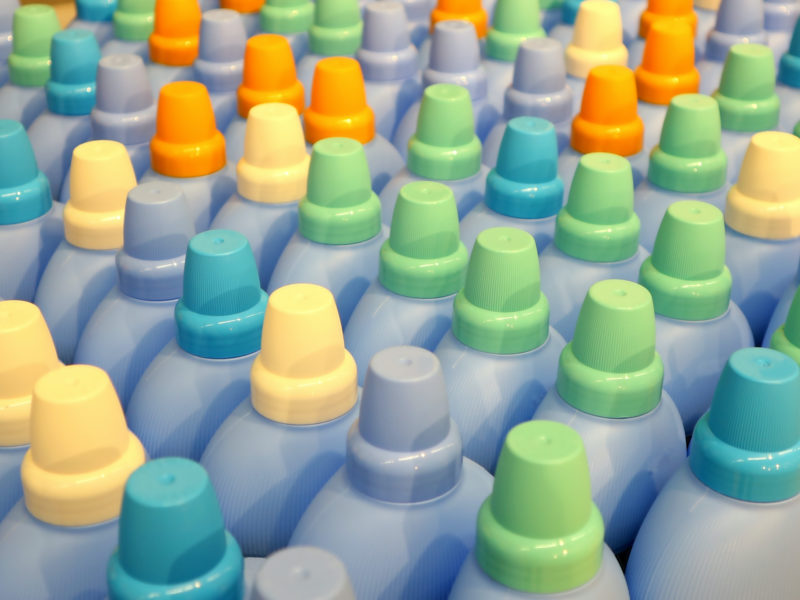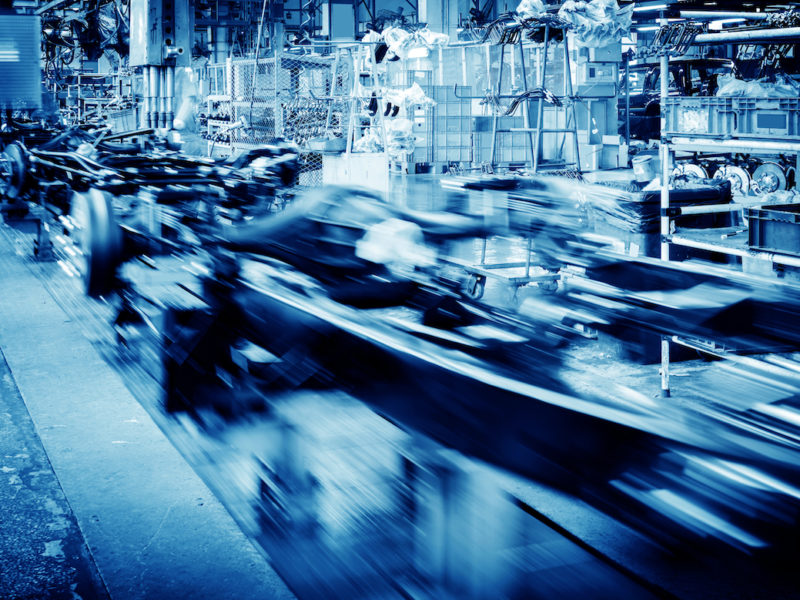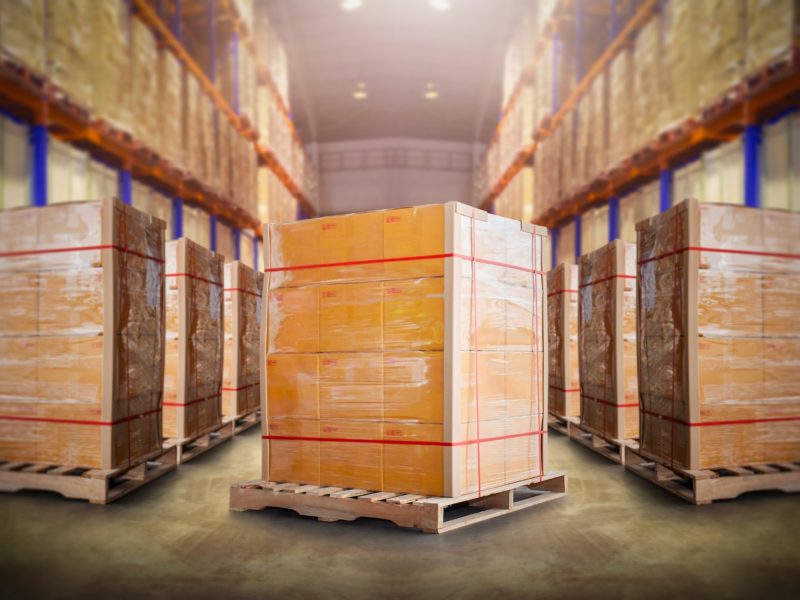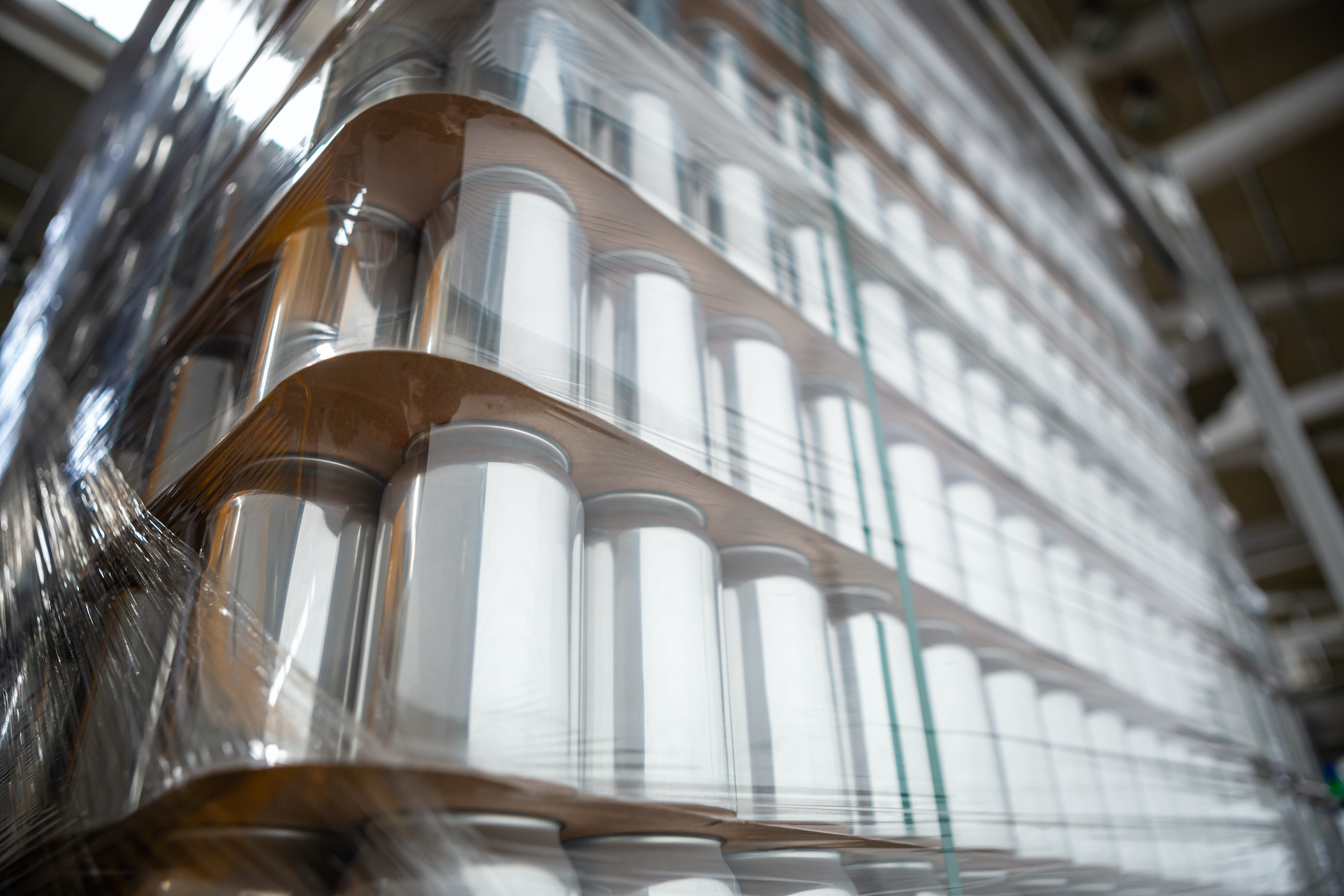
Everything there is to know about the world of aluminium can production
The can is one of the most traditional, iconic and effective types of food & beverage packaging, thanks to its versatile format and excellent performance in terms of preservation and sustainability.
Experts predict that the production of aluminium cans will reach a value of 24.6 billion dollars by 2025. The considerable expansion of the steel or aluminium packaging market and the numerous benefits of these materials are leading more and more food and pet food manufacturers to install their own internal aluminium and steel can production lines.
From palletisers for lids to the seamers: why choose an aluminium and steel can production line?
The percentage of recycling in the aluminium packaging sector for the food & beverage industry has reached 79% in Europe. It is a material which can be completely and continuously reused, and repeated recycling does not compromise its performance. But aluminium’s environmental sustainability is not the only significant advantage of this material, and the adoption of a production line for aluminium and steel cans is often due to their extraordinary properties:
- Preservation: these materials offer great stability in contact with foods and drinks, do not alter their taste, and preserve them in an optimal manner, also protecting them from sunlight which could compromise their quality. The taste and aroma of the products therefore remain unchanged, with the contents of the cans isolated from oxygen and other environmental agents. Aluminium and steel also help maintain temperature stability longer than other materials.
- Safety and hygiene: cans for the food & beverage market are made from aluminium or steel with internal tin coating, which helps preserve the quality of the products and prevents contact of the food with the aluminium or steel itself. The special ventilation systems prevent the accumulation of dust and other agents present in the plants on the lids. For these reasons, the production of cans for drinks and foodstuffs is highly secure and reliable.
- Versatility: the production of aluminium or steel cans allows for the creation of highly customisable packaging, on the basis not only of the product characteristics but also the communication requirements of the graphics which are so important in today’s market.
- Growth: the growth of aluminium and steel in the packaging industry represents a continuing trend, and companies continue to design and develop cutting-edge systems for the palletisation, depalletisation, infeed and outfeed of cans and lids, for an ever-more innovative and sustainable future. A wide range of very high speed and performance machines, such as lids palletisers and dynamic accumulation conveyors, guarantee a genuinely efficient and complete steel and aluminium can production line.
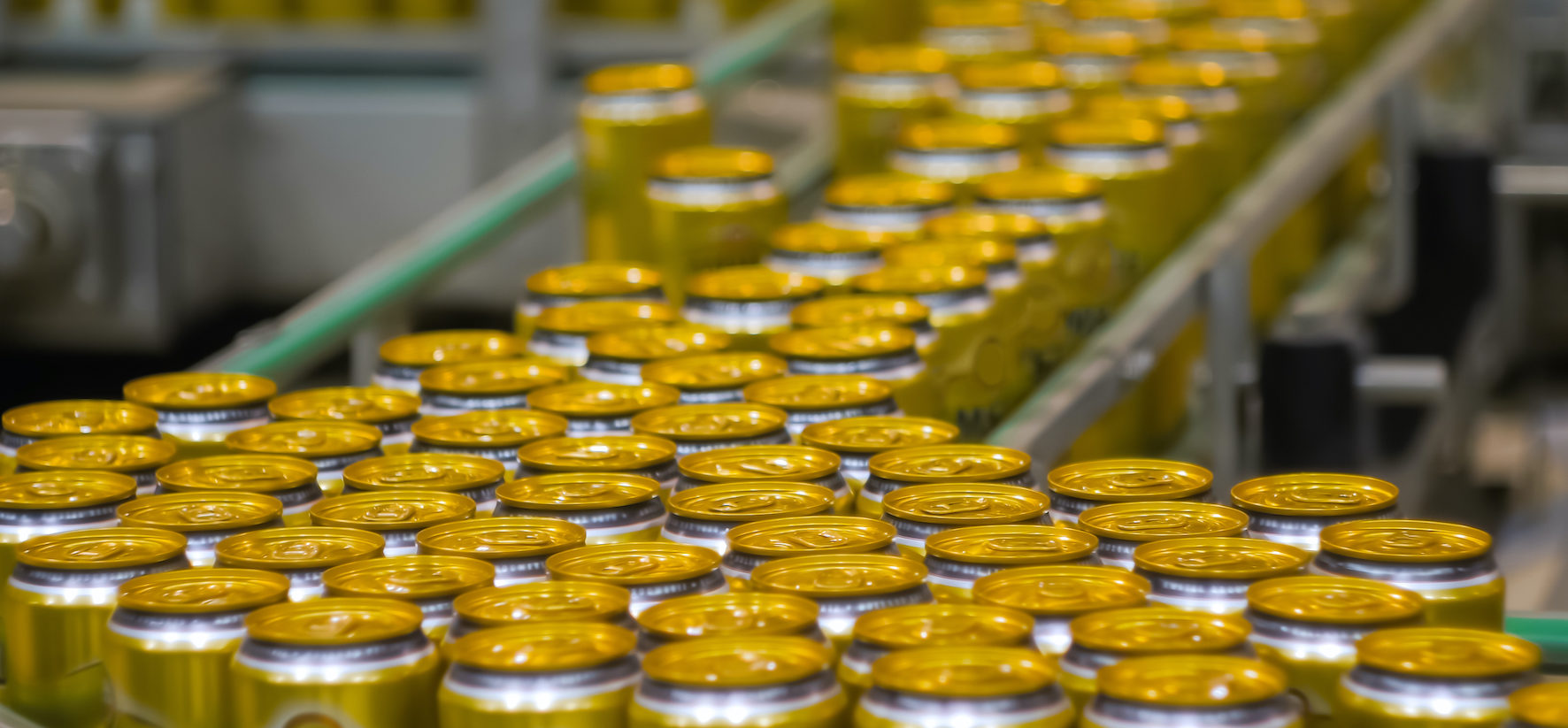
Steel and aluminium can production: two or three pieces?
The production of cans for drinks and foodstuffs dominates market growth, with a forecast of 260.6 billion pressurised cans by 2025. There is a consistent growth trend in the production of cans for foodstuffs to be stored in units composed of three pieces – base, lid and body – which are generally made from steel due to its strength and rigidity. The internal pressure below atmospheric pressure allows sauces, sweets, coffee, vegetables and many other categories of foods, including pet food and baby food, to be preserved for a long time.
The production of pressurised aluminium drinks cans, on the other hand, typically uses a two-piece design, composed of the lid and the body already joined to the base, and is destined for the beverage industry. The use of this format allows carbonated beverages, fruit juices and beer to be stored for long periods of time, while the pressurised filling facilitates transport and helps keep costs down.
The production lines can be integrated with air conveyor systems and sweep off technology to ensure delicate handling of the cans and prevent excessive pressure between the cans scratching the external printing. Today, the pet-food industry also favours the two-piece format, as it is generally cheaper and more lightweight, easy to handle and with a versatile, attractive design.


